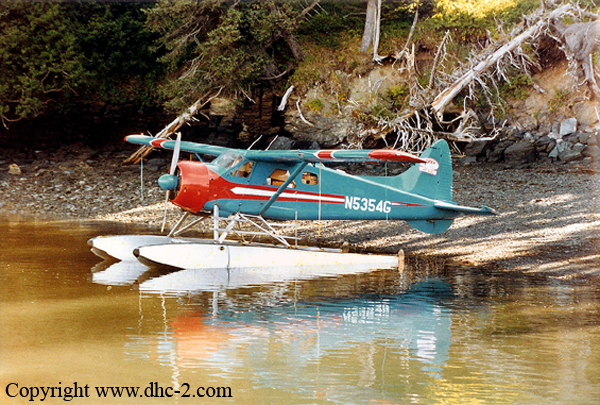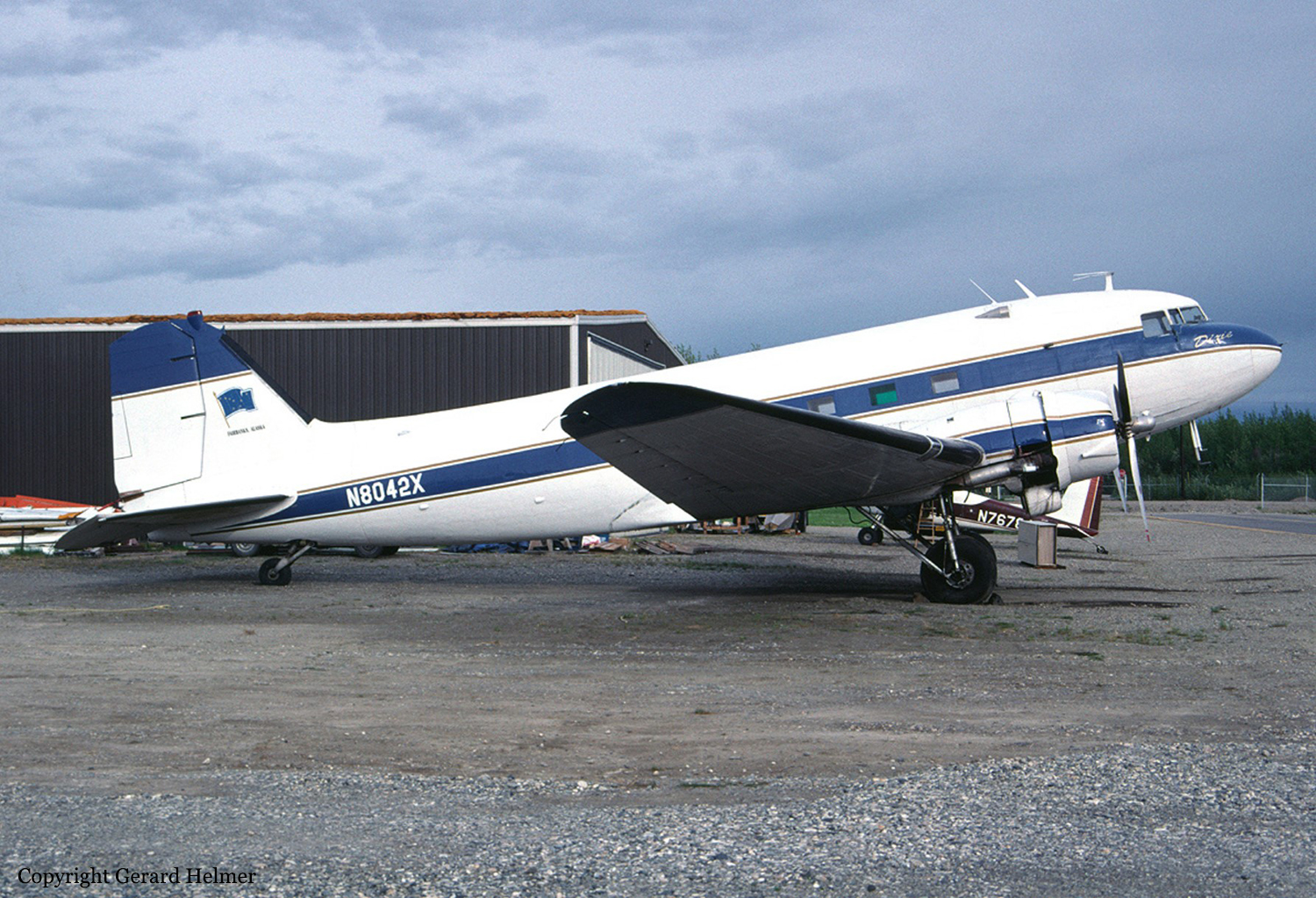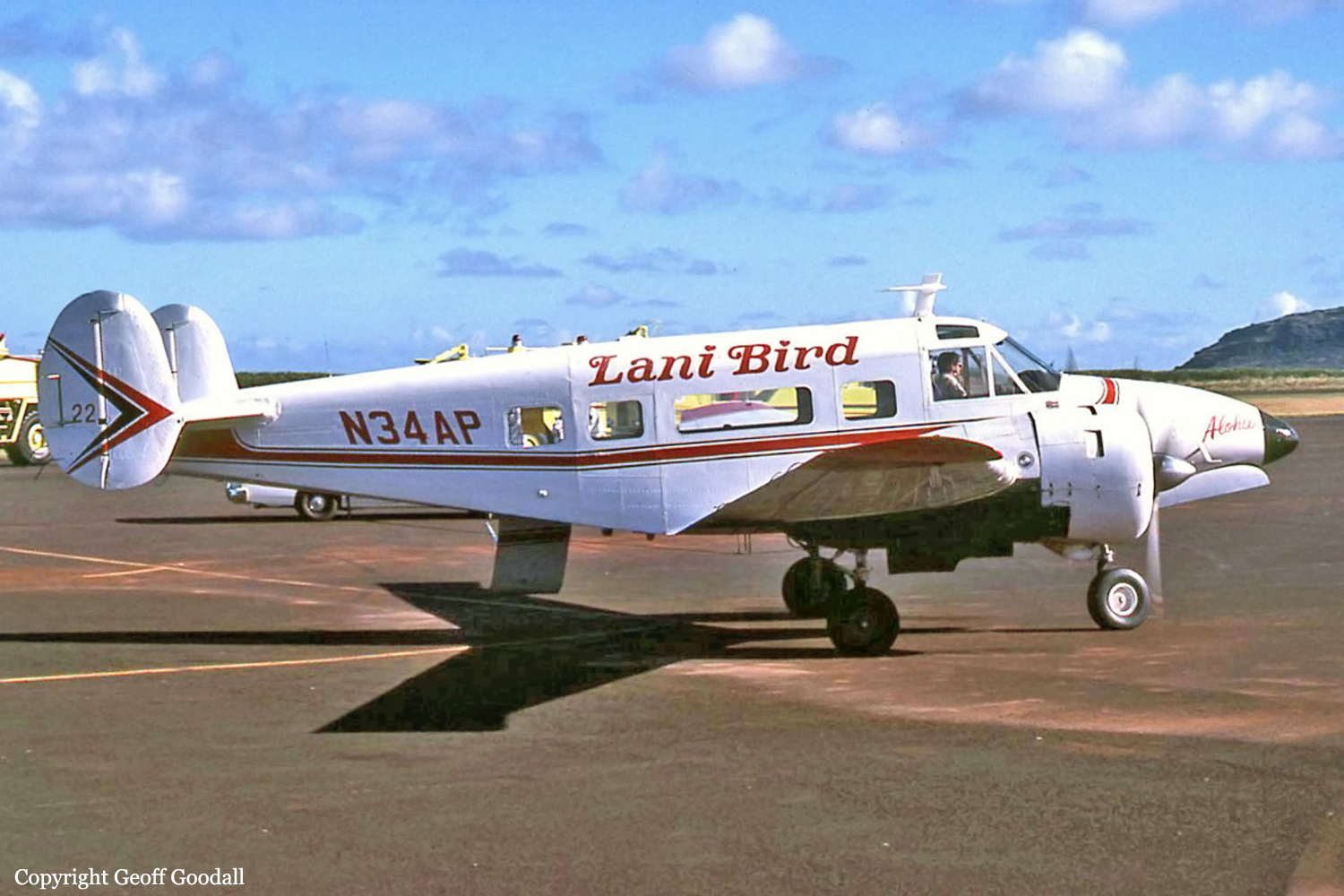Crash of a De Havilland DHC-2 Beaver in Kodiak
Date & Time:
Jul 13, 1989 at 1415 LT
Registration:
N5354G
Survivors:
Yes
Schedule:
Akhiok - Kodiak
MSN:
881
YOM:
1956
Crew on board:
1
Crew fatalities:
Pax on board:
5
Pax fatalities:
Other fatalities:
Total fatalities:
0
Captain / Total hours on type:
949.00
Aircraft flight hours:
8136
Circumstances:
The airplane crashed at the 1,800 foot level of a mountain pass, near Kodiak, Alaska. The airplane was substantially damaged and the pilot and one passenger were seriously injured and four passengers received minor injuries. At the time of the accident the pass was reported closed due to IFR weather conditions.
Probable cause:
Pilot-in-command's continued VFR flight into known IFR flight conditions, resulting in a collision with rising terrain.
Final Report:







